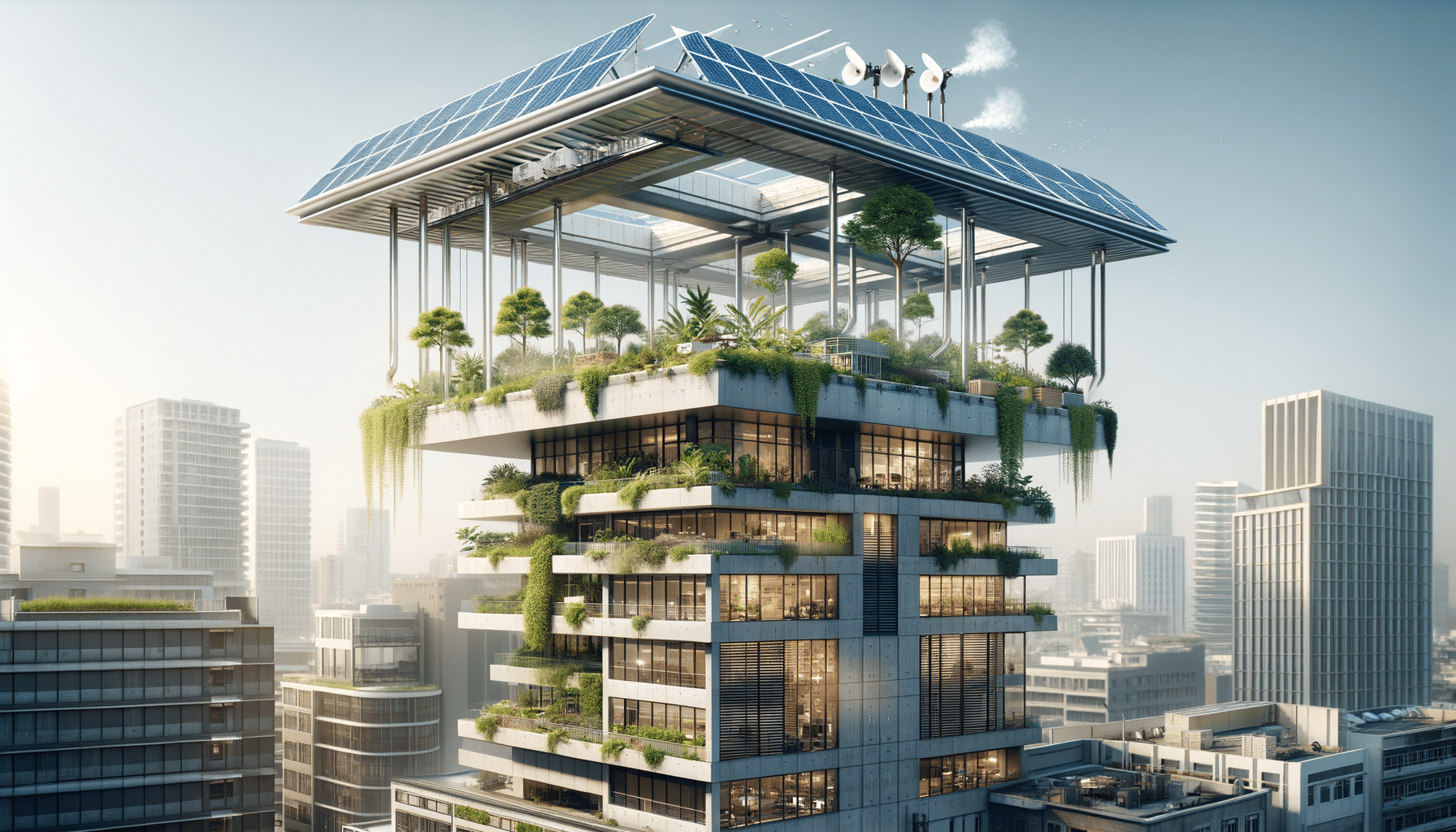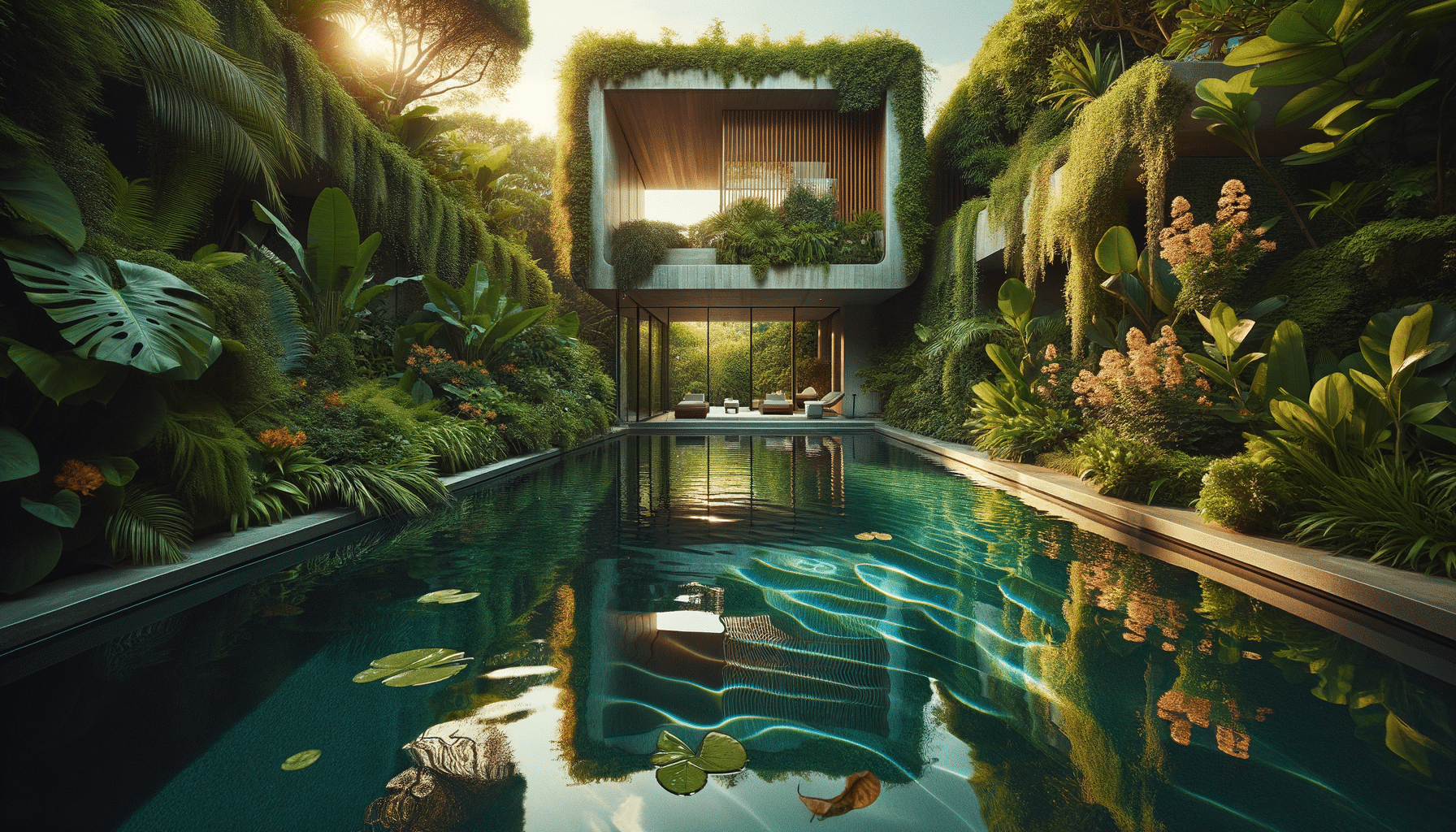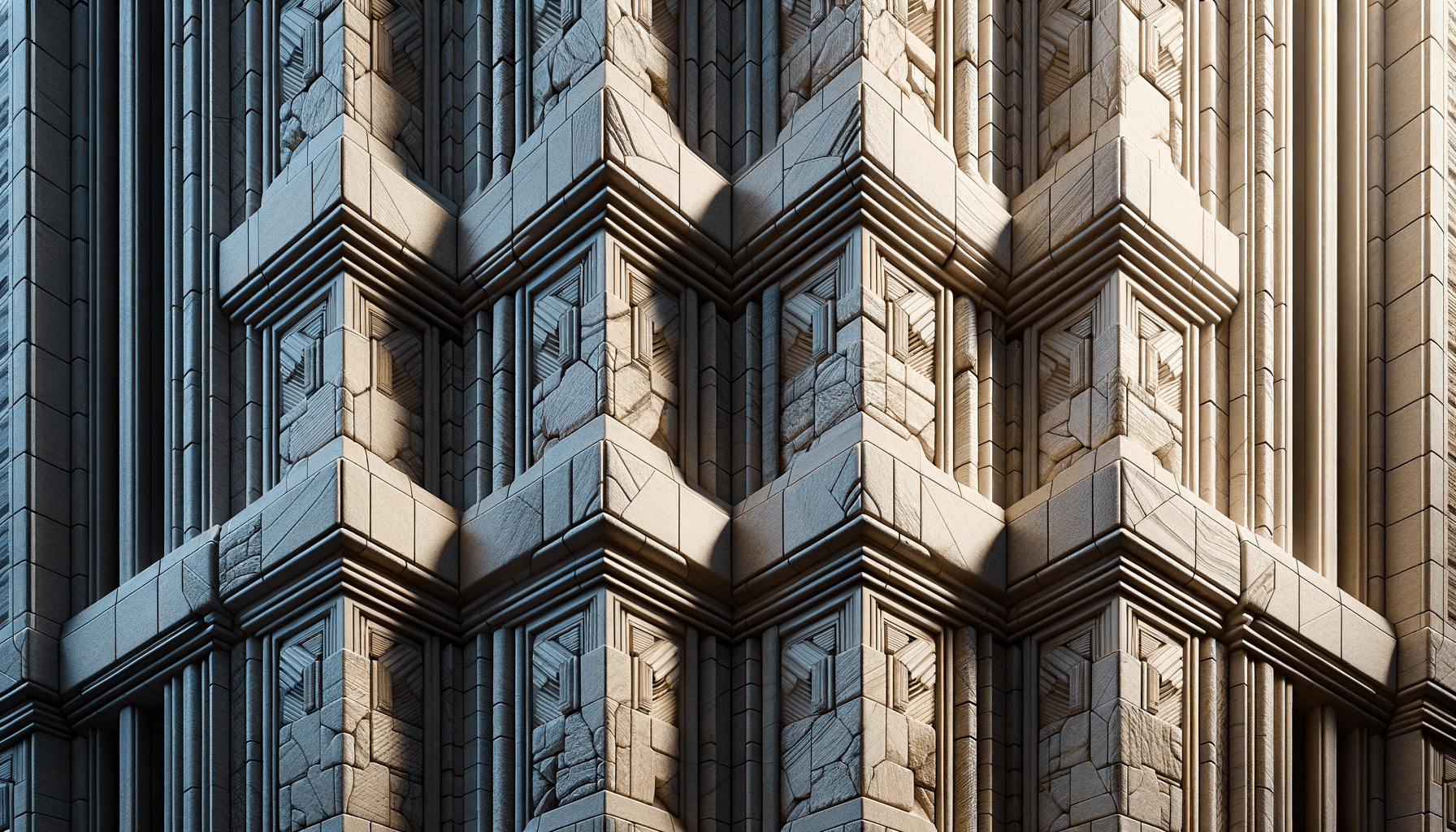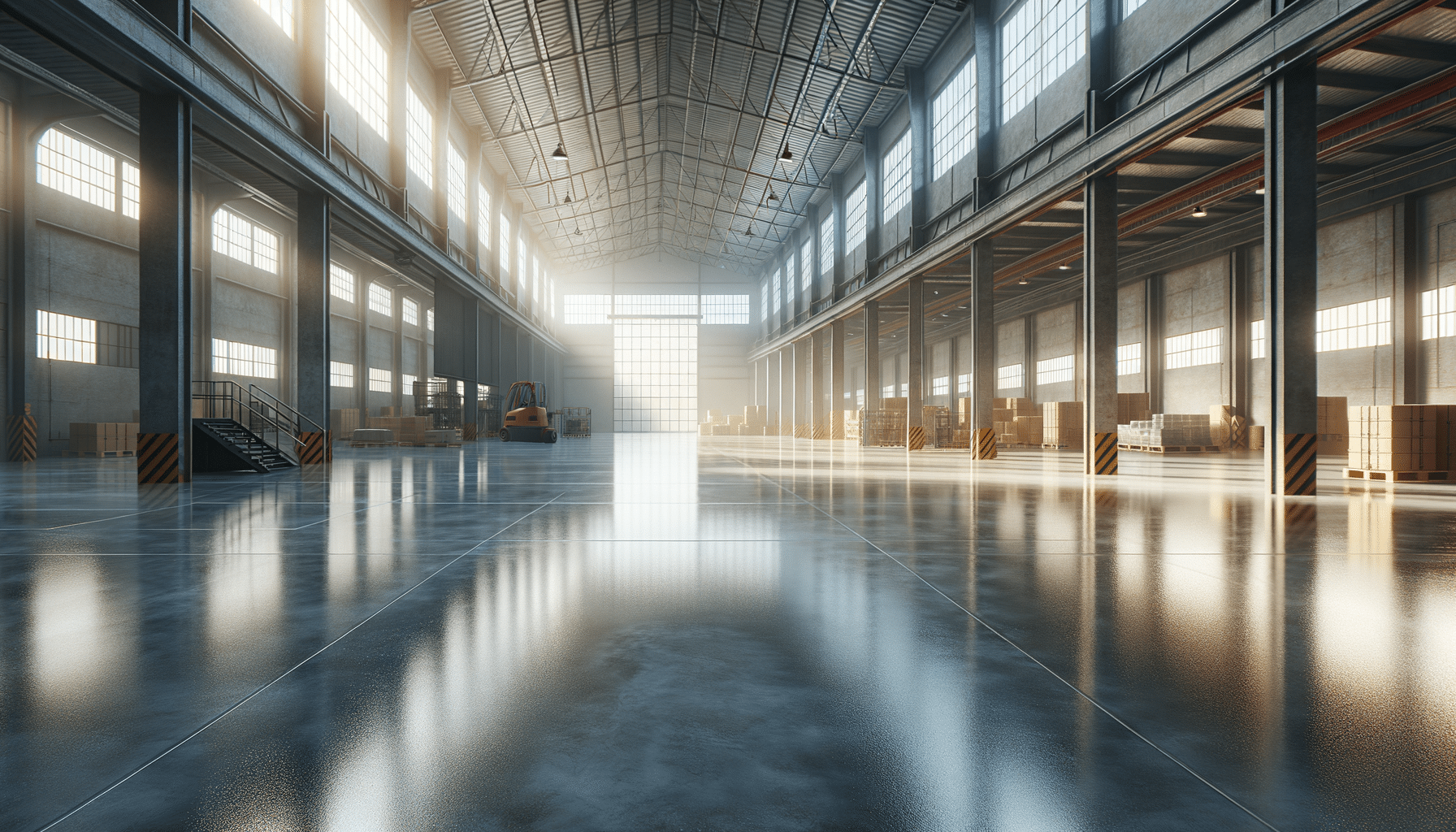
Exploring the Benefits and Applications of Standing Roofs
Introduction to Standing Roofs
In the realm of modern architecture, the standing roof has emerged as a popular choice for both residential and commercial buildings. Known for its durability, versatility, and aesthetic appeal, a standing roof offers a unique combination of functionality and design. This article delves into the various aspects of standing roofs, exploring their benefits, applications, and considerations for installation.
Understanding the Structure and Design
The standing roof is characterized by its distinctive design, which features raised seams that run vertically from the roof’s ridge to the eaves. This design not only enhances the roof’s aesthetic appeal but also provides superior weather resistance. The seams are typically crimped or fastened in a way that ensures a watertight seal, making the standing roof an excellent choice for areas prone to heavy rain or snow.
One of the key advantages of a standing roof is its ability to accommodate thermal expansion and contraction. This flexibility is achieved through the use of concealed fasteners, which allow the roof panels to move without compromising the roof’s integrity. Additionally, the sleek, modern appearance of a standing roof can complement a wide range of architectural styles, from contemporary to traditional.
- Durable materials such as metal are commonly used, offering longevity and low maintenance.
- The vertical seam design enhances water runoff, reducing the risk of leaks.
- Available in a variety of colors and finishes to match the building’s exterior.
Benefits of Choosing a Standing Roof
Opting for a standing roof comes with a multitude of benefits that make it a wise investment for property owners. Firstly, the durability of standing roofs is unmatched. Constructed from materials like aluminum, steel, or zinc, these roofs can withstand harsh weather conditions and have a lifespan of 40 to 70 years, depending on the material used.
Moreover, standing roofs are energy-efficient. The reflective properties of metal can help reduce cooling costs by reflecting sunlight away from the building. This can contribute to a more sustainable and environmentally friendly building design. Additionally, the low maintenance requirements of standing roofs make them a cost-effective option over the long term.
- Long lifespan reduces the need for frequent replacements.
- Energy efficiency contributes to lower utility bills.
- Minimal maintenance saves time and effort for property owners.
Applications in Residential and Commercial Buildings
Standing roofs are versatile and can be used in a variety of building types. In residential settings, they are often chosen for their modern appearance and ability to enhance curb appeal. Homeowners appreciate the peace of mind that comes with a roof that can withstand severe weather and requires little upkeep.
In commercial applications, standing roofs are favored for their durability and energy efficiency. They are commonly used in office buildings, retail spaces, and industrial facilities where long-term performance is paramount. The ability to customize the appearance of a standing roof allows businesses to maintain a cohesive brand image while benefiting from the roof’s practical advantages.
- Residential: Ideal for modern homes, offering aesthetic appeal and durability.
- Commercial: Suitable for various industries, providing energy savings and longevity.
- Customizable designs enhance the overall look of both residential and commercial properties.
Considerations for Installation and Maintenance
When considering a standing roof, it’s important to factor in the installation process and ongoing maintenance. Professional installation is recommended to ensure the seams are properly sealed and the roof is securely fastened. The installation process can vary depending on the complexity of the roof design and the materials used.
Maintenance of a standing roof is relatively straightforward. Regular inspections can help identify any potential issues early on, such as loose fasteners or minor leaks. Cleaning the roof to remove debris and prevent buildup is also advisable. While standing roofs are low-maintenance, addressing minor issues promptly can help extend the roof’s lifespan and maintain its appearance.
- Professional installation ensures optimal performance and longevity.
- Regular inspections and cleaning can prevent common issues.
- Timely repairs can prolong the life of the roof and preserve its aesthetic appeal.
Conclusion: The Value of Standing Roofs
Standing roofs offer a unique combination of durability, energy efficiency, and aesthetic appeal, making them a valuable addition to both residential and commercial buildings. Their ability to withstand harsh weather conditions while requiring minimal maintenance makes them a practical choice for property owners. As architectural trends continue to evolve, the standing roof remains a reliable and versatile option that enhances the overall value of any structure.


